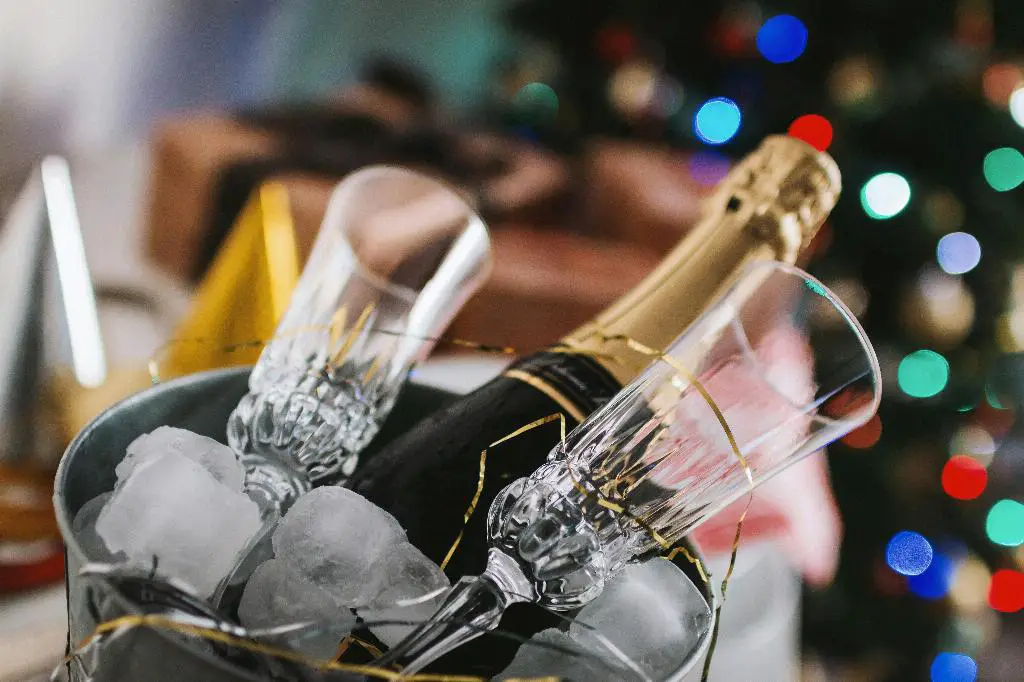Champagne, the sparkling wine that has long been associated with celebrations and luxury, has become increasingly expensive in recent years. Many wine enthusiasts and casual consumers alike find themselves wondering why the price of Champagne continues to rise. In this article, we will delve into the various reasons that contribute to the increased cost of Champagne.
1. High Demand and Limited Supply
One key factor in the rising price of Champagne is the high demand coupled with limited supply. With its elegant bubbles and unique production process, Champagne has gained a worldwide reputation for quality and exclusivity. As a result, the demand for Champagne has consistently outpaced its production capacity, leading to increased prices.
2. Meticulous Production Process
The production process of Champagne is often cited as one of the most meticulous and labor-intensive in the wine industry. From the rigorous grape selection to the secondary fermentation in the bottle, every step requires careful attention and expertise. This level of craftsmanship drives up the price of Champagne, as it involves significant time and effort.
3. Aging and Storage Costs
Unlike many other wines, Champagne typically undergoes a prolonged aging process. Depending on the style, Champagne can age from 15 months to 10 years. During this period, the bottles need to be stored in temperature-controlled cellars, incurring storage costs. These costs inevitably contribute to the overall expense of Champagne.
4. Quality Control and Regulations
The Champagne region in France, where this beloved sparkling wine is produced, imposes strict quality control regulations. To ensure that only the highest quality wines bear the Champagne label, winemakers must adhere to specific production methods and standards. These regulations, while beneficial for maintaining the prestige of Champagne, increase the production costs.
5. Branding and Prestige
Champagne has established itself as a symbol of luxury and celebration, making it a sought-after status symbol. With prestigious Champagne houses and renowned brands dominating the market, consumers are often willing to pay a premium for the name recognition and association with opulence. This branding and prestige drive up the price of Champagne.
6. Global Economic Factors
The price of Champagne is also influenced by global economic factors such as inflation, currency exchange rates, and production costs. Fluctuations in the economy can affect the price of raw materials, transportation, and labor, all of which impact the final cost of Champagne to the consumer.
7. Marketing and Promotion Costs
Champagne producers invest heavily in marketing and promotion to maintain their market presence and attract new customers. Advertising campaigns, sponsorships, and events add to the overall expense of producing and selling Champagne, which is eventually reflected in its price.
8. Rarity of Champagne Vintages
Champagne vintages, which are produced from grapes harvested in exceptional years, are relatively rare. A good vintage is highly anticipated and often results in increased demand and subsequently higher prices. The limited availability and the anticipation surrounding these special vintages contribute to their elevated cost.
9. Prestigious Vineyard Locations and Terroir
The Champagne region, located in northeastern France, is known for its unique terroir and renowned vineyard locations. The specific microclimate, soil composition, and vineyard plots all influence the characteristics and quality of the grapes grown in the region. The prestige associated with these vineyard locations further drives up the price of Champagne.
10. Hand-Crafted Artistry
Many Champagne houses pride themselves on their long-standing traditions and the artistry involved in Champagne production. From the delicate process of riddling to the skilled handiwork required to disgorge and cork the bottles, Champagne production is truly an art form. This level of craftsmanship and attention to detail is reflected in the product’s price.
11. Limited Production Resources
The production of Champagne is constrained by limited resources such as vineyard land, available workforce, and suitable grape varieties. As demand continues to rise, these constraints further contribute to the increased expense of Champagne production.

12. Rarity and Celebration
Lastly, the perception of Champagne as a rare and celebratory beverage adds to its allure and drives up the demand. Whether it is toasting a special occasion or enjoying a moment of luxury, Champagne has become synonymous with celebration. This association with special moments in life elevates both the demand and price of Champagne.
In conclusion, the rising cost of Champagne can be attributed to various factors, including high demand, meticulous production processes, aging and storage costs, quality control regulations, branding and prestige, global economic factors, marketing expenses, rarity of vintages, prestigious vineyard locations, hand-crafted artistry, limited production resources, and the perception of rarity and celebration. While the price may continue to rise, Champagne enthusiasts worldwide continue to appreciate the unique qualities and experience that Champagne offers, justifying the expense in their pursuit of indulgence and luxury.
